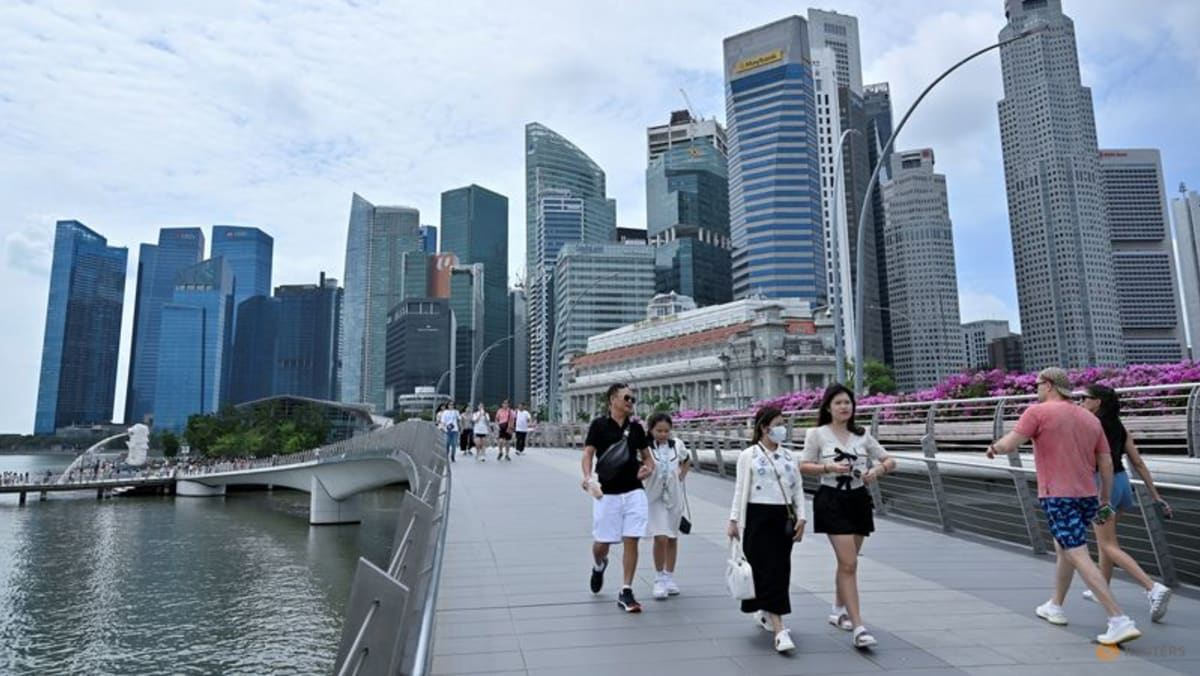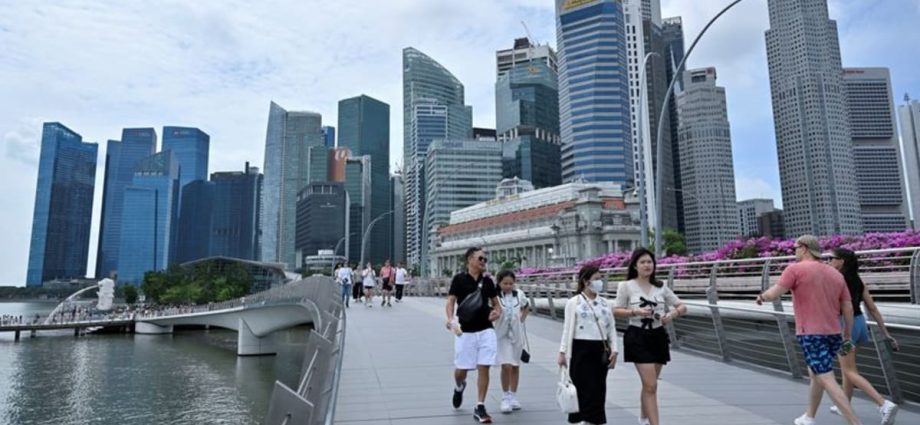
Total Defence is fundamentally about Singaporeans responding cohesively and purposefully to security challenges that threaten Singapore’s independence and well-being – from terrorism and pandemics to social upheavals and economic downturns. The pillars are military, civil, economic, social and psychological defence, with a sixth – digital defence – added in 2019.
This raises the question: What is the value of Total Defence, especially in peacetime?
ODDITIES OF DEFENCE
The core, consistent message of Total Defence is that every Singaporean has a part to play in strengthening the pillars of defences. Although National Service (NS) helps emphasise the role of citizen-conscripts, defence tends to be thought of primarily as the government’s responsibility. Even with NS a widely accepted rite of passage for male citizens, there is still risk in ignoring the non-military dimensions of defence.
The global security situation is deteriorating, according to a report by London-based think-tank International Institute for Strategic Studies (IISS) released on Tuesday, leading to global defence spending rising to a record US$2.2 trillion in 2023.
Military spending is one thing, but it is harder to put a value on defence itself: How much value should we put on deterrence, or peace and stability? Does Singapore spend too much on defence and can we calculate the return on investment?
Defence accounts for the largest expenditure in the annual Budget, so these are pertinent questions given the competition for finite public resources for other needs such as healthcare, education, infrastructure, and climate change mitigation and adaptation.

